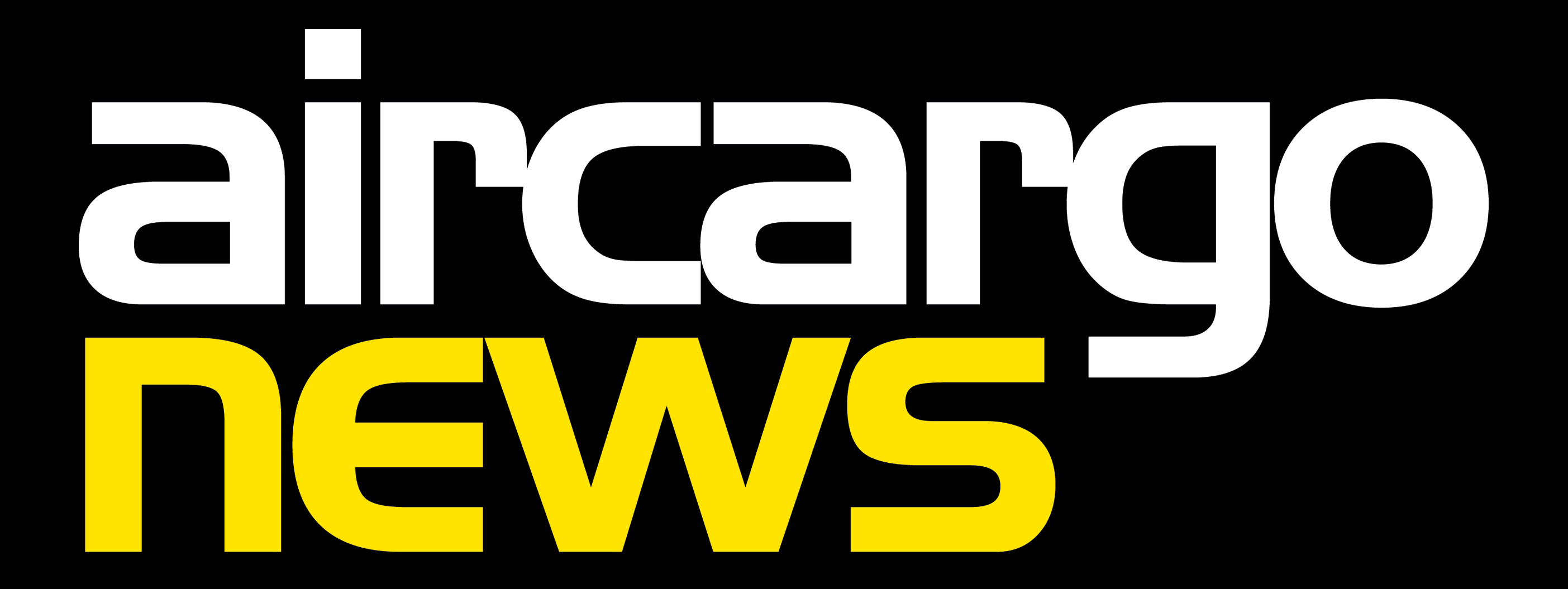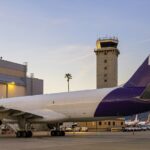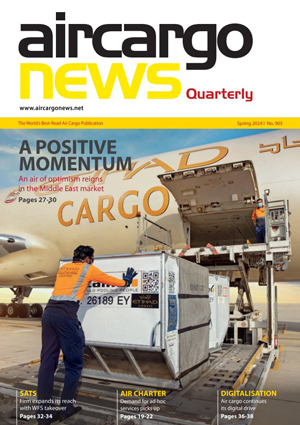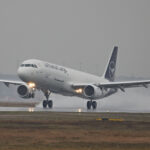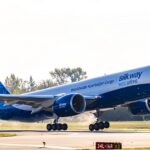Investigation reveals various reasons for B747 freighter accident
30 / 06 / 2021
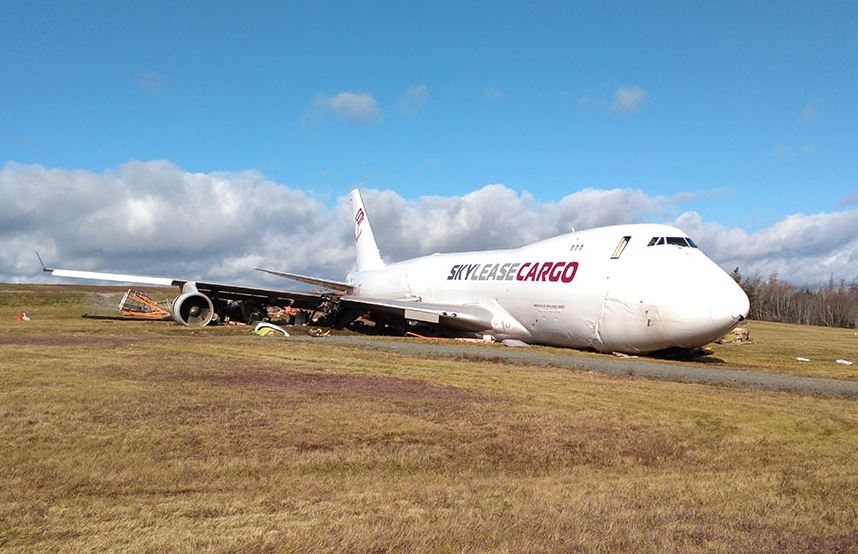
Source: Transportation Safety Board of Canada (TSB)
A Canadian investigation into the 2018 runway overshoot made by a Sky Lease Cargo Boeing 747-400 freighter has revealed a range of reasons for the accident, which destroyed the aircraft.
The Transportation Safety Board of Canada (TSB) found that unclear guidance, an unexpected tailwind and crew fatigue risk factors contributed to the incident at Halifax Stanfield.
The investigation found that the “ineffective presentation style and sequence” of the Notice to Airmen (NOTAM) for the flight led the crew to interpret that runway 23 was not available for landing and therefore the crew planned to land on runway 14.
During the approach to this shorter runway, new information regarding a change of active runway was not communicated by air traffic control directly to the crew, although broadcasted through an automated information system.
“As a result, the crew continued to believe that the approach and landing on Runway 14 was the only option available,” the TSB said.
The TSB said that the crew realised around 90 seconds before landing that there was a tailwind but did not recalculate the performance data to confirm that the landing distance available was still acceptable, likely because of the “limited amount of time available before landing”.
“Upon landing, a series of events prevented the aircraft from decelerating as expected and caused the aircraft to drift to the right of the runway,” the TSB added. “The pilot’s monitoring attention was focused on the lateral drift and, as a result, the required callouts regarding the position of the deceleration devices were not made.
“Although manual brake application began eight seconds after touchdown, maximum braking effort did not occur until 15 seconds later, when the aircraft was 800 ft from the end of the runway.”
The investigation also found the presence of two fatigue risk factors that “would have degraded the crew’s performance during the approach and landing”, the TSB said, adding: “The timing of the flight and insufficient restorative sleep in the 24-hour period leading up to the occurrence.”
The aircraft, which was owned by Lease Corporation International, came to rest approximately 210 m off the end of the runway after its arrival from Chicago O’Hare in November 2018.
The aircraft had no cargo on board and the four crew members suffered only minor injuries. At the time of the incident, there was a strong westerly wind gusting at 18 knots, which would be approximately 33 mph and it was raining.
